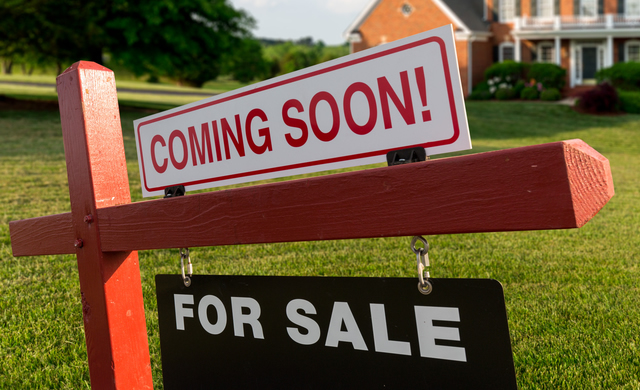
Regardless of where you live the story is the same: America’s residential housing market is pretty crazy. Few homes are being marketed and when a new listing is announced a litany of aggressive offers create a lottery process for sellers and buyers. While hot markets are nothing new, the widespread nature of this circus deserves additional attention. Nationally house prices skyrocketed almost 20% last year. The only historical analog is 1973 when housing prices jumped about 20%.
Pundits are predicting how this housing “bubble” will pop and who will be left holding the bag. We agree that prices are hot across the country. Will they boil over or cool off? Let’s explore the topic.
The immediate aftermath of the ’08-’09 housing crisis saw many local home builders file for bankruptcy protection. Banks and mortgage lenders had to be bailed out to stay afloat. The lenders that survived were forced to adopt very stringent guidelines before they could paper new loans. The housing industry was left in shambles.
The long-term results set the stage for our current housing situation. For years after the 2009 bottom, our country dramatically underinvested in single family homes. This went unnoticed from about 2009 to 2014. Widespread foreclosures bruised the credit worthiness of many potential borrowers. Kids grew into adults and carried the pain of those scars for years after the crisis ended. Americans had neither the credit standing to borrow nor the eagerness to make a 30-year financial commitment. They chose renting in the absence of buying and this papered over the new construction problem.
Data can illustrate this. Completed New Houses for Sale dropped from 190,000 to just 40,000 in 2013. From this low point, we ramped up and built more houses. In 2017 during Donald Trump’s first year in office, congress passed the Tax Cuts and Jobs Act of 2017. Non-partisan estimates from the CBO calculated that taxpayers would realize more than a trillion dollars in tax savings over the next 10 years. Coincidentally, renters with young families who were fearful of taking out a mortgage adjusted their thinking and future housing needs. Their housing crash/commitment fears were replaced with a desire for more space and a realization that buying could be much cheaper than renting. They started buying houses and builders started building to meet demand.
Then COVID hit, workers were sent home and supply chain disruptions blew up our house building engine. New home output crashed to just 35,000 units in 2021.
That’s the backstory on how we got to 2022. For those who are calling for the “bubble” in prices to pop (like 2008), I would counter that buyers today aren’t speculators looking to flip a second home for quick bucks. They are simply looking for a cost-effective alternative to renting with more space to raise a family thrown in for good measure. In my analysis, the increase in prices has more to do with a massive shortage of homes available to buy than speculators buying more than they need or can afford. Regional prices are being exacerbated by families moving from high tax coastal states to warm, low-cost southern states. Nashville is hot because of their population growth, not speculation.
To combat widespread inflation outside of housing, the Federal Reserve has communicated clear plans to increase interest rates and remove additional emergency accommodations this year. The Fed reduced their balance sheet and raised rates in 2017-2019. Housing prices softened by about 4% before COVID hit.
Understanding how current housing dynamics are similar but different from previous price spikes is important. Nationally, I expect prices to soften like 2017-2019, more homes will slowly fill the marketplace and give buyers options and time to make smart decisions. The population growth in Arizona, Tennessee, Texas and Florida will make those housing markets more resilient and prices will continue to rise albeit at a normal, historical rates (4-5% annually). If we work out supply backlogs, home builders will ramp up activity to absorb the excesses.
Nuclear war with Russia and/or the Federal Reserve going full bore anti-inflation is another story for another day.
